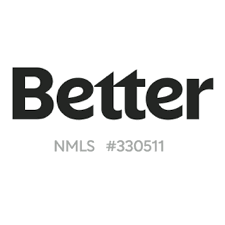
Better is an online mortgage lender that promises a fast pre-approval process, no application fees, origination fees, and faster closing. Right now, American Express cardholders have a special offer with a $2,000 statement credit (conforming) or $6,000 (jumbo) when you use their link. Thanks for reader Brad for the tip.
Get an American Express Statement credit after you refinance or finance your home purchase with Better Mortgage. $2,000 for conforming or $6,000 for jumbo mortgages. Lock your rate by 9/13/22 and close by 12/17/22 to qualify for the statement credit — for eligible Card Members only
Better also has a $100 Better Price Guarantee (not restricted to AmEx cardholders):
We’ll match any valid competitor’s offer, and credit you an extra $100. If we can’t, the $100 is yours to keep.
If you think another lender has a more competitive price, just send us their loan estimate within one business day from the date it was issued. We’ll either do better by at least $100, or send that $100 to you; you win either way.
There are various mortgage “closing credit” offers out there, but keep in mind that the most important thing is your total cost, a combination of total closing costs and ongoing monthly payment. The easiest way to compare is to go far enough to receive a Loan Estimate from a variety of sources. (You’ll also need a loan estimate for the Better rate guarantee.) Beyond the major comparison websites, you may still benefit from a local human broker or directly checking with credit unions including Pentagon Federal and Navy Federal (if eligible).
If you can get Better to match or beat the best rate/cost combination, then this $2,000/$6,000 would be gravy on top! Here are some customer reviews of Better.
 As part of a complete personal finance education, I submit that the longread article
As part of a complete personal finance education, I submit that the longread article 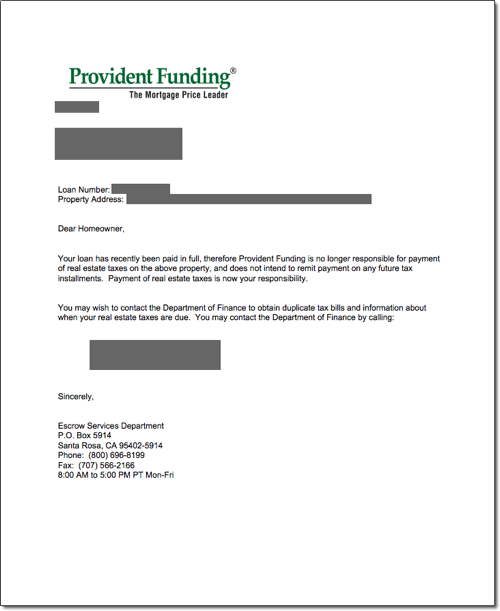
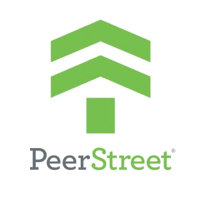
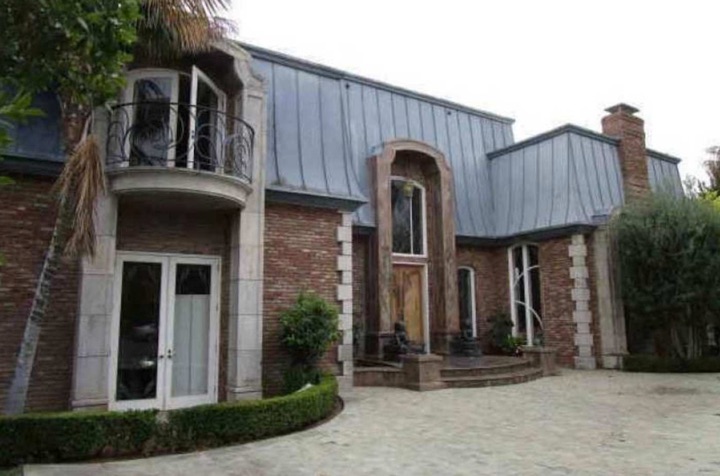
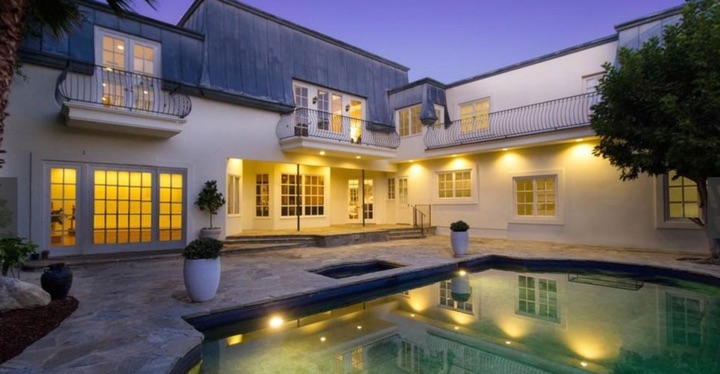
 Updated for 2021. Here is the second part of my big list of free consumer reports from over 50 different reporting agencies. The first part included your
Updated for 2021. Here is the second part of my big list of free consumer reports from over 50 different reporting agencies. The first part included your 
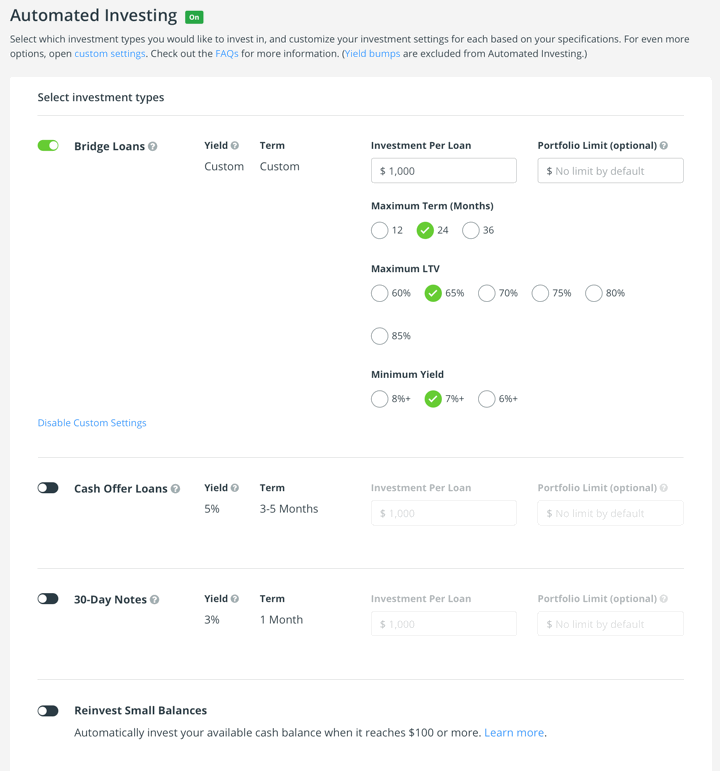

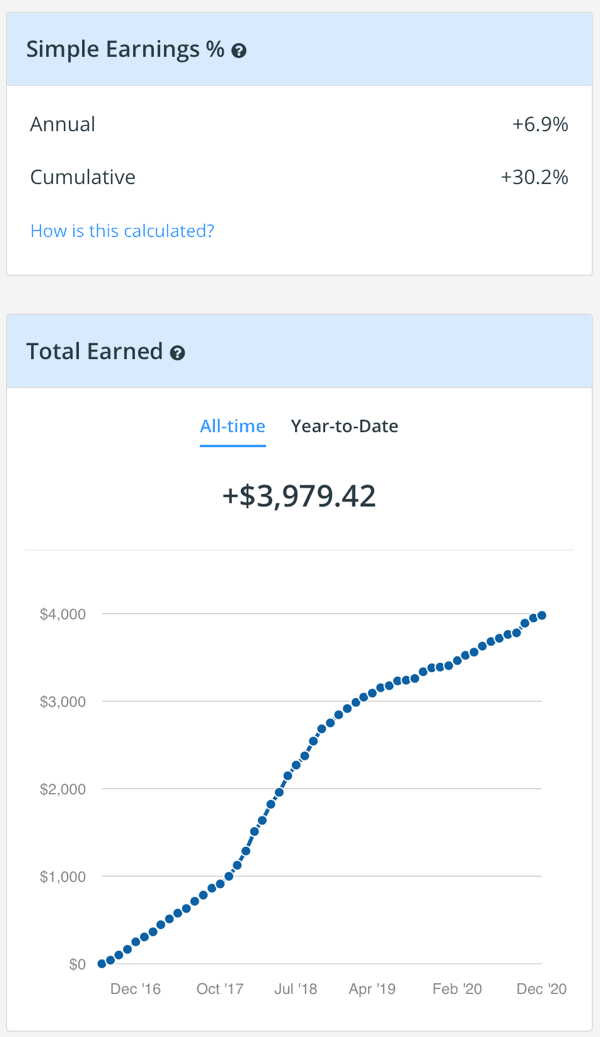
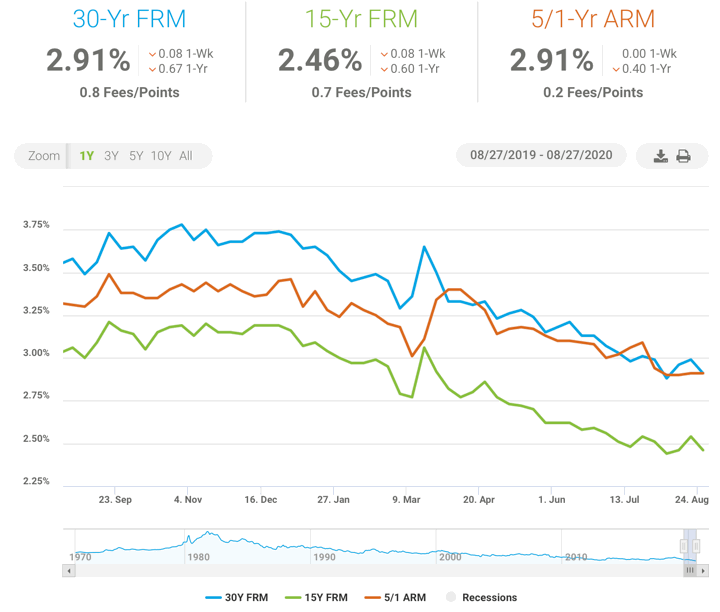
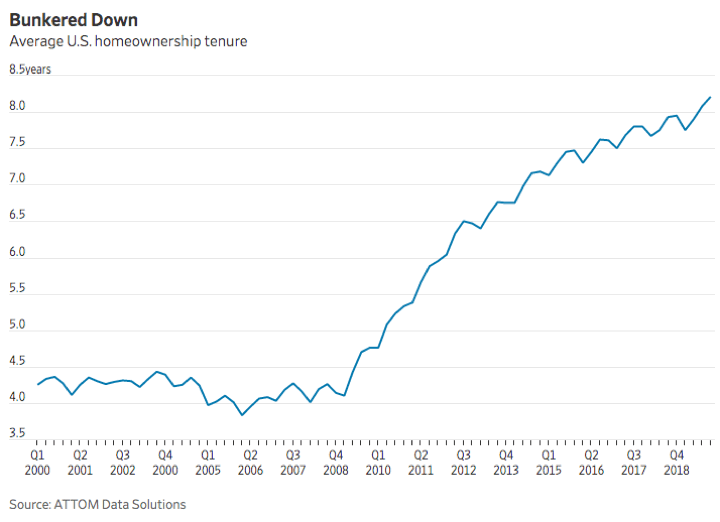
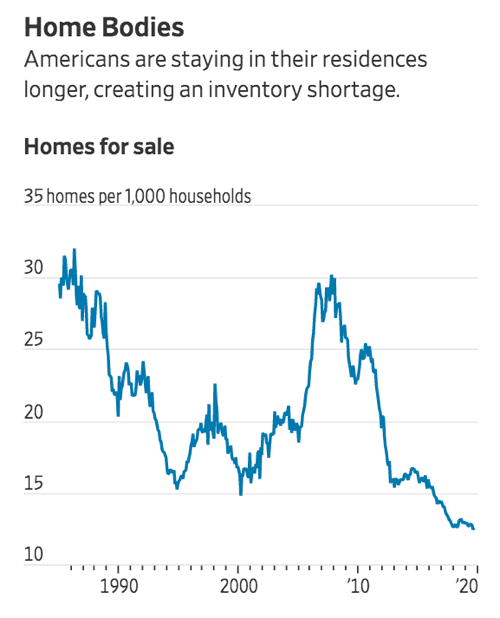
 Wow. I thought that I was prepared, but I must admit that I was still shaken by last week. For those facing severe financial emergencies right now, so I have tried to collect information and links to where you can hopefully find some help. Be prepared advocate for yourself; many of these will only be given to those who ask and are persistent. Everything is in flux as well, so if you don’t find success try again later. There will be more government stimulus coming.
Wow. I thought that I was prepared, but I must admit that I was still shaken by last week. For those facing severe financial emergencies right now, so I have tried to collect information and links to where you can hopefully find some help. Be prepared advocate for yourself; many of these will only be given to those who ask and are persistent. Everything is in flux as well, so if you don’t find success try again later. There will be more government stimulus coming.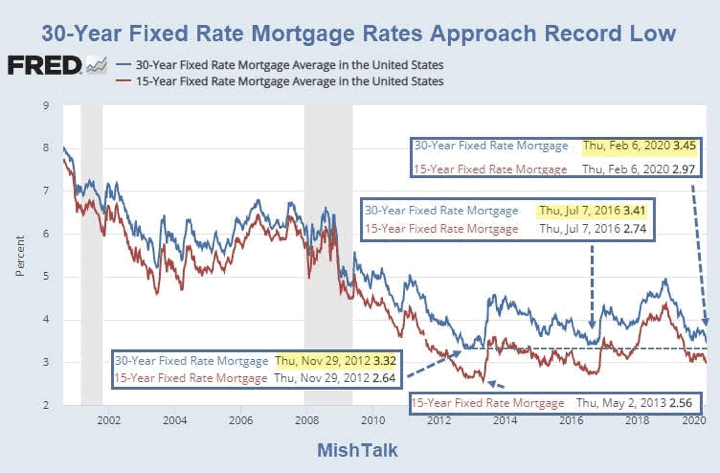
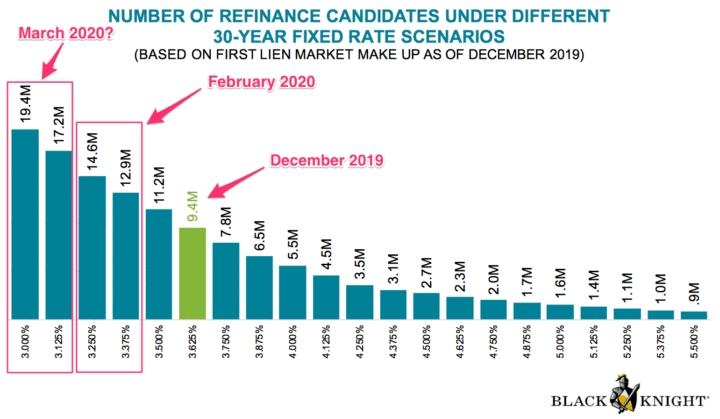

 Home ownership continues to be a goal for many people, but downpayment requirements also keep rising with housing prices. I previously posted about
Home ownership continues to be a goal for many people, but downpayment requirements also keep rising with housing prices. I previously posted about 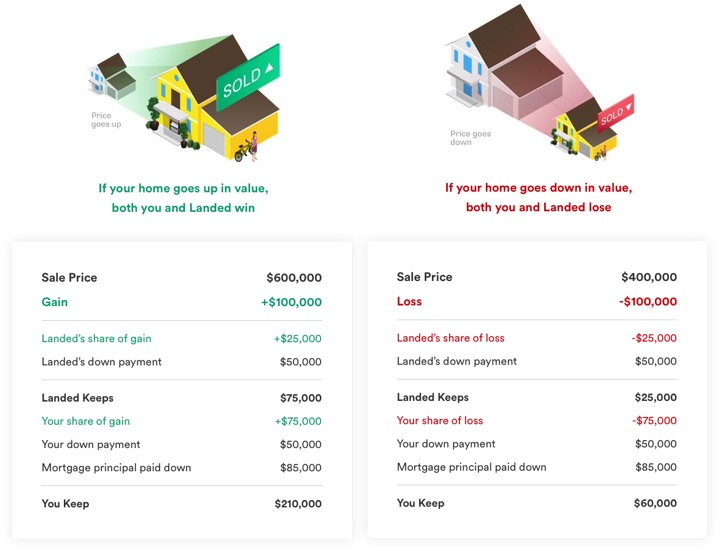
 The Best Credit Card Bonus Offers – 2025
The Best Credit Card Bonus Offers – 2025 Big List of Free Stocks from Brokerage Apps
Big List of Free Stocks from Brokerage Apps Best Interest Rates on Cash - 2025
Best Interest Rates on Cash - 2025 Free Credit Scores x 3 + Free Credit Monitoring
Free Credit Scores x 3 + Free Credit Monitoring Best No Fee 0% APR Balance Transfer Offers
Best No Fee 0% APR Balance Transfer Offers Little-Known Cellular Data Plans That Can Save Big Money
Little-Known Cellular Data Plans That Can Save Big Money How To Haggle Your Cable or Direct TV Bill
How To Haggle Your Cable or Direct TV Bill Big List of Free Consumer Data Reports (Credit, Rent, Work)
Big List of Free Consumer Data Reports (Credit, Rent, Work)